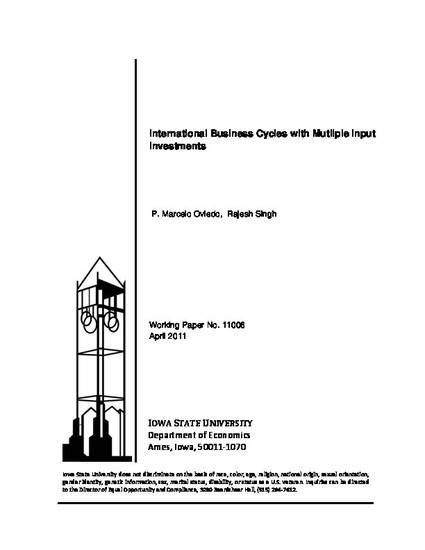
Backus, Kehoe, and Kydland (International Real Business Cycles, JPE, 100 (4), 1992) documented several discrepancies between the observed post-war business cycles of developed countries and the predictions of a two-country, complete-market model. The main discrepancy dubbed as the quantity anomaly, that cross-country consumption correlations are higher than that of output in the model as opposed to the data, has remained a central puzzle in international economics. The main thesis of this paper is that when the standard two-country model with traded and non-traded goods and complete financial markets, as in Stockman and Tesar (Tastes and Technology in a Two Country Model of the Business Cycles: Explaining International Comovements, 85 (1), AER, 1995) is extended to include capital goods sectors that utilize both traded and non-traded goods as intermediates, and when the non-traded aggregate is reclassified to include distribution and transportation services, the model produces the correct ordering of the cross-country correlations of consumption and output.
Available at: http://works.bepress.com/rajesh-singh/21/
